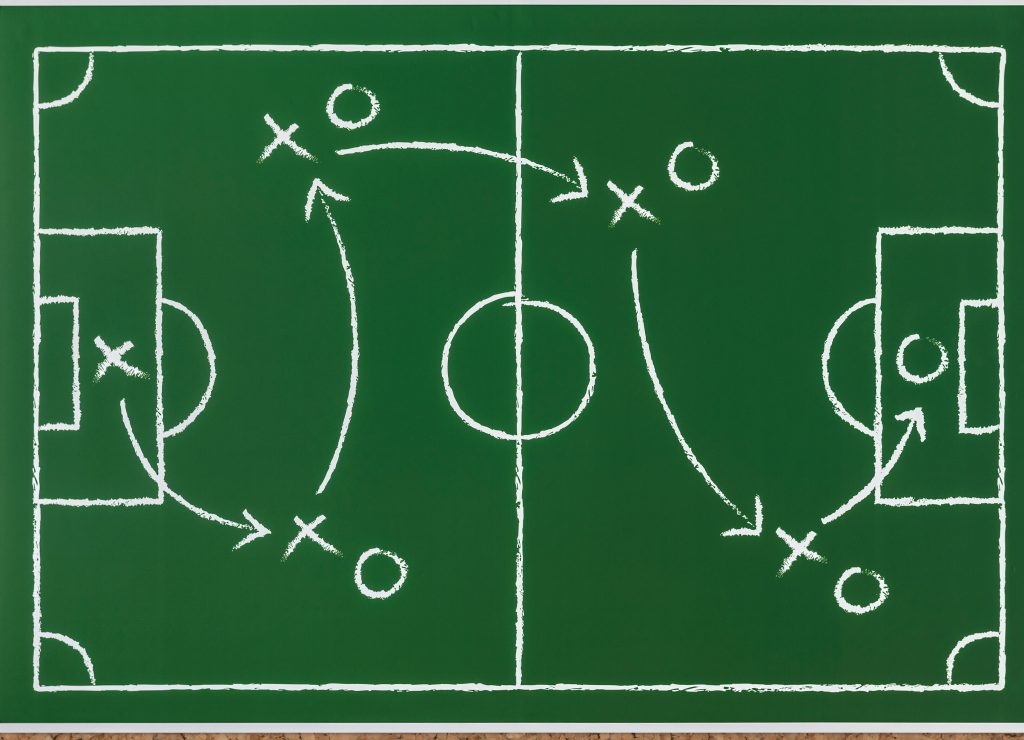It’s often hard to get students to follow directions, but it’s an essential first step in their consistent progress and continual development. Without it, there’s no guarantee that they’ll understand anything that you say afterward, and the rest of the class will become increasingly difficult.
However, successfully getting students to follow instructions provides a lot of positive momentum that gets a classroom session, or an exercise, off to a good start. Here are some tips for getting your students to follow directions in the classroom.
Manage your classroom with Classcraft.
10 ways to get your students following directions at school

1. Win their attention
Before you even attempt to give your students instructions, you first need to capture their attention. Otherwise, you’ll be talking over them, scrambling to secure fragments of attention from all over the classroom, and pretty much hoping that they’re taking in what you’re saying. This isn’t conducive to getting a class to follow your directions.
Instead, assertively gain their attention and let them know that you’re about to talk. To offer a personal example, I stumbled upon a song called “Look at Teacher Tim”. I made it myself one day when a class wasn’t listening to me. And, because it’s catchy, to my delight, the students caught on immediately. From there, they took the song as a cue that they should listen, and I rolled it out to other classes with the same success. Today, I use it all the time (and to my fellow teachers’ annoyance, it gets stuck in their heads, too!).
Now, though I use a song, I’ve seen other teachers achieve the same effect in a myriad of ways: interactive clapping, back-and-forth catchphrases, hand gestures, etc.
If you don’t happen to have one of those tricks in your arsenal, you should start incorporating some and find ones that work for you. The important thing is to get your students’ attention so that they respect the process of receiving instructions.

2. Speak slowly and clearly
When issuing directions, speak as slowly and clearly as possible, enunciating every word. It sounds simple, but it’s as easy to do as it is to not do. Plus, many of us have unconscious speech habits, from conversing with adults, that don’t lend themselves well to giving instructions to students, particularly younger ones. For starters, you’re probably having to cut through any excitement or buzz the students were experiencing before you stopped them to gain their attention. Speaking as clearly as possible gives you the best chance of being heard and understood.

3. Provide instructions — not questions
Phrase your instructions so they’re commands instead of questions. Now, I realize that the word ‘command’ is loaded and sounds authoritarian, but that’s not what I’m suggesting here at all. Telling students what to do instead of asking establishes you as the legitimate classroom authority and significantly increases the chances that they’ll follow your instructions. By contrast, questions imply a choice or an optional request. And while choice is certainly important in the classroom, it can get in the way of you maintaining order if you aren’t firm when you need to be.
For instance, instead of asking, “Can you put your books in your bag?”, you should be assertive and say, “Please put your books in your bag.” It may seem like a subtle difference, but it can have a huge impact on whether or not a particular direction is followed.

4. Help them see what you require
Support your spoken instructions with visual aids, for the benefit of students that learn better visually. The simplest way to do this is with body language, such as pointing in the direction you want them to go, holding an object with which you’d like them to do something, or even miming an action that you’d like them to perform. This adds clarity to your directions and caters to students that may not fully comprehend what you’re saying.
Alternatively, although it’s not always feasible, you could write your instructions down. I find this particularly useful for situations like an exam or extended exercise, where students will be sitting at their desks for longer periods, with a view of the board. Better still, as they’re unlikely to finish at the same time, you already have clearly defined instructions that are visible, preventing you from having to repeat yourself for each student.

5. Be precise
It’s important to be as precise as possible with your instructions so your students aren’t free to interpret them as they please. For example, “Please go over there and line up” has the potential to result in a number of wildly different outcomes: They may run, skip, or race to get to where you’ve told them to go. Then, when they get there, there’s no telling what kind of line you’re going to get.
On the other hand, “Everyone, please stand up, quietly walk over to the front door, and line up in single file” is less ambiguous, so there’s a greater chance that you’ll get the desired outcome.

6. Break down instructions
In addition to being clear and precise, it’s also best to break down directions into more manageable chunks that students can follow with greater ease. This is especially the case with younger children, who have shorter attention spans and are still developing the ability to follow complex sets of instructions. If necessary, number the instructions, utilizing your fingers (or the board), to emphasize the order of the instructions.
Using the example above, you’d break down the instructions as follows: “Alright, everyone. One, I want you to stand behind your desks. Two, I want you to very quietly walk over to the door. And three, I want you to line up in a single file.”

7. Check their understanding
Once you’ve delivered your instructions, check their comprehension by simply asking if students understand. Now, if you know the students well and have developed a mutual respect and rapport, asking if they understand may be enough. However, for a newer class, or one that’s shown difficulty in following directions, you may want to ask them to repeat your instructions back to you. This allows you to identify both how much they’ve understood and which instructions they’re struggling with in particular. You can then re-emphasize those directions by saying them more clearly, using the tips covered thus far.

8. Help struggling students
Despite your best efforts to deliver directions as clearly as possible, you may still have students that struggle to follow your instructions. This could be for a variety of reasons, such as a language barrier, learning difficulties, or disobedience. In such cases, while the other students are following your instructions, you can help those who are struggling by addressing them personally (and discretely) and carrying out your directions together. It gives you an opportunity to find out just how much they comprehend while showing them what you meant with each instruction. Not only does this minimize frustration on your part, but it also helps to increase their chances of knowing what to do when you issue similar directions in the future.

9. Use an example student
A neat little trick is to have an example student who carries out your instructions first, to correctly demonstrate them for the rest of the class. This would usually be a student who’s shown excellent ability to follow directions and who you’re confident will be able to so this time. After initially issuing your instructions, you’d then ask your chosen student to demonstrate, telling the class to watch carefully, while you point out each step they’re successfully carrying out. When they finish, you’d then ask the class to do the same.
As an added bonus, you can make being the example student something the children want to do. Make it a badge of honor and a sign of prestige. You could ask the class for a volunteer to demonstrate, selecting a student who’s performed well in class that session or whom you’d like to recognize for previously following instructions well.

10. Recognize efforts
Whenever a class, or a student, has followed instructions well, be sure to recognize their efforts to increase the chances of it happening again. Sure, as educators, we know the importance of praise, yet many of us forget to implement it here with something as seemingly mundane as getting our students to follow instructions. However, complimenting students for following directions well can actually be incredibly effective and helps to create a positive classroom environment.
Building a better classroom atmosphere
Getting students to follow directions is a key component of teaching. It might not always be fun, but it creates situations where everyone knows what they need to do to succeed.
Photo credit: Jehyun Sung/unsplash.com
Classroom Management


